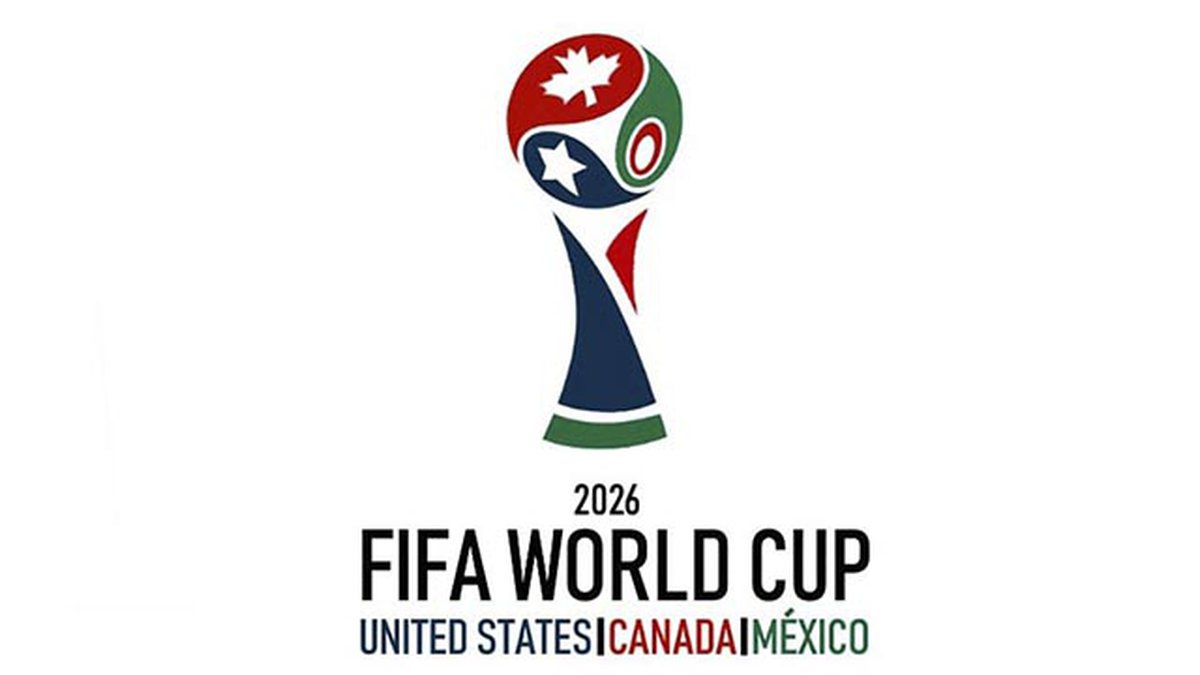World Cup 2026: Everything You Need to Know About This Historic Event
By Ethan Brooks |
A Global Spectacle Like Never Before

The 2026 World Cup is just around the corner, and it’s set to be unlike anything we’ve seen before. For the first time, three countries—United States, Canada, and Mexico—will co-host the tournament, with an expanded format featuring 48 teams, a first in history. Since the inaugural edition in 1930 in Uruguay, the World Cup has grown from a modest 13-team event to a global phenomenon. So, what makes the 2026 edition so special? Let’s dive into the details that will make this tournament a landmark in soccer history.
Why should you—whether you’re a soccer fanatic or someone who only tunes in every four years—be excited? The 2026 World Cup isn’t just about the games. It reflects a connected world where cultural diversity, technology, and even sustainability take center stage. Curious about how this will shape your experience as a fan, traveler, or onlooker? Let’s explore what’s behind this event that’s already capturing the hearts of millions—and maybe yours too!
World Cup 2026: A New Chapter in Global Soccer
History and Defining Features
The World Cup has always been a symbol of unity through sport, but its journey is full of twists and turns. It all began in 1930 when Uruguay hosted the first edition with just 13 teams, in a tournament that lasted less than two weeks. Back then, it was almost an adventure: players crossed oceans on weeks-long voyages, and organization was makeshift at best. Fast forward to 2026, and the landscape is entirely different. FIFA, the tournament’s governing body, has expanded the field from 32 to 48 teams, boosting representation from continents like Africa, Asia, and Oceania, where soccer is gaining momentum. This shift mirrors the sport’s growth in regions where it’s becoming a cultural force, like a wave that keeps building.
The 2026 World Cup is defined by its scale. It will span 16 host cities across three countries, featuring iconic venues like Mexico’s Estadio Azteca, which will become the first stadium to host matches in three World Cups (1970, 1986, and 2026). The tournament will include 104 matches—a huge leap from the 64 games in 2022’s Qatar edition. This expansion isn’t just about numbers: it promises more stories, more upsets, and more chances for underdog nations to shine. Imagine a team like Ghana or Morocco reaching the semifinals, as we’ve seen in past tournaments. That’s the kind of thrill that makes the World Cup so unpredictable and captivating.
What Makes 2026 Unique
What sets the 2026 World Cup apart? First, the collaboration across three nations. The United States, Canada, and Mexico aren’t just sharing logistics; they’re crafting a narrative of cultural integration. Picture a fan crossing the border from Mexico to catch a match in Los Angeles or flying to Vancouver to cheer in a state-of-the-art stadium. It’s a celebration of soccer in the Americas, blending Latin passion with North American precision.
Technology is another game-changer. FIFA has confirmed that the Video Assistant Referee (VAR) system will be even more advanced, with artificial intelligence aiding real-time decisions. Stadiums will boast cutting-edge features like 8K screens and immersive fan experiences. Beyond the pitch, sustainability is a priority: FIFA aims to reduce the event’s carbon footprint through initiatives like electric public transport in host cities and energy-efficient stadium designs. Compared to past tournaments, like Brazil’s 2014 World Cup, which faced criticism for overspending, 2026 aims to set a new standard for innovation and responsibility.
How the 2026 World Cup Is Shaping Up
Current Landscape: Logistics, Venues, and Expectations
Preparations for the 2026 World Cup are in full swing. The 16 host cities—11 in the U.S., three in Mexico, and two in Canada—were chosen to maximize the tournament’s reach. In the U.S., cities like New York, Los Angeles, and Miami will bring a cosmopolitan flair, while Dallas and Atlanta promise packed stadiums with Southern energy. In Mexico, the iconic Estadio Azteca will be the heart of the event, joined by Monterrey and Guadalajara. In Canada, Toronto and Vancouver represent soccer’s rise in a country better known for hockey.
The venues are a story in themselves. Many, like Los Angeles’ SoFi Stadium, are built for massive events, with capacities exceeding 70,000. Others, like Vancouver’s BC Place, are undergoing renovations to meet FIFA’s standards. Transportation infrastructure is also a focus: high-speed trains in the U.S., expanded metro systems in Mexico, and even special air routes are in the works. The tournament is expected to draw over 5 million visitors, injecting billions into local economies. For fans, this means more ways to travel, watch, and experience the event—but also the challenge of planning ahead for tickets and lodging.
Economic and Cultural Impact
The 2026 World Cup is more than soccer; it’s an economic and cultural powerhouse. Early estimates suggest the tournament will generate around $5 billion in revenue for host cities, boosting sectors like tourism, hospitality, and retail. Bars in Miami are already gearing up for packed game nights, while hotels in Toronto offer themed packages for fans. Culturally, the event is a chance to showcase the Americas’ diversity. Imagine Mexican food festivals in Los Angeles, country music shows in Dallas, or Indigenous art exhibits in Vancouver, all happening around the matches.
FIFA is also investing in community programs, like soccer clinics for youth in underserved areas. This reflects a global trend: major sporting events are under pressure to leave lasting legacies. Unlike South Africa’s 2010 World Cup, which faced criticism for benefits skewed toward elites, 2026 aims to be more inclusive, with initiatives to promote soccer in marginalized communities.
Why the 2026 World Cup Is Already Captivating the World
The 2026 World Cup’s buzz comes from several factors. The expanded 48-team format means more opportunities for emerging nations, fueling global interest. Countries like Nigeria, Australia, or even Canada, which has never won a World Cup, can dream bigger. This creates compelling narratives—who doesn’t love rooting for an underdog? The three-nation hosting also reflects a more globalized world, where cultural boundaries are increasingly fluid. FIFA’s marketing is leaning into this, with campaigns emphasizing the unity of the Americas.
Commercial appeal is another driver. Global brands like Adidas, Coca-Cola, and Visa are already aligning their strategies, from emotional ads to interactive stadium experiences. Technology plays a role too: with platforms like TikTok and live streaming, the 2026 World Cup will be the most connected yet, letting fans worldwide share their reactions in real time. Finally, soccer’s growth in the U.S., fueled by the Major League Soccer (MLS) and stars like Lionel Messi, is drawing new fans. This mix makes the 2026 World Cup an event that transcends sport.
Get Ready for the Ride: What’s Your Plan for 2026?
The 2026 World Cup is set to redefine what we expect from a global tournament. With more teams, more matches, and a celebration of cultural diversity, it promises to be unforgettable. Whether you’re a fan planning to travel for games, someone watching from home with friends, or just curious about this mega-event’s impact, there’s something in the 2026 World Cup for everyone. So, are you ready to cheer? Drop a comment and let us know what you think about this historic edition or share your expectations for the matches!




